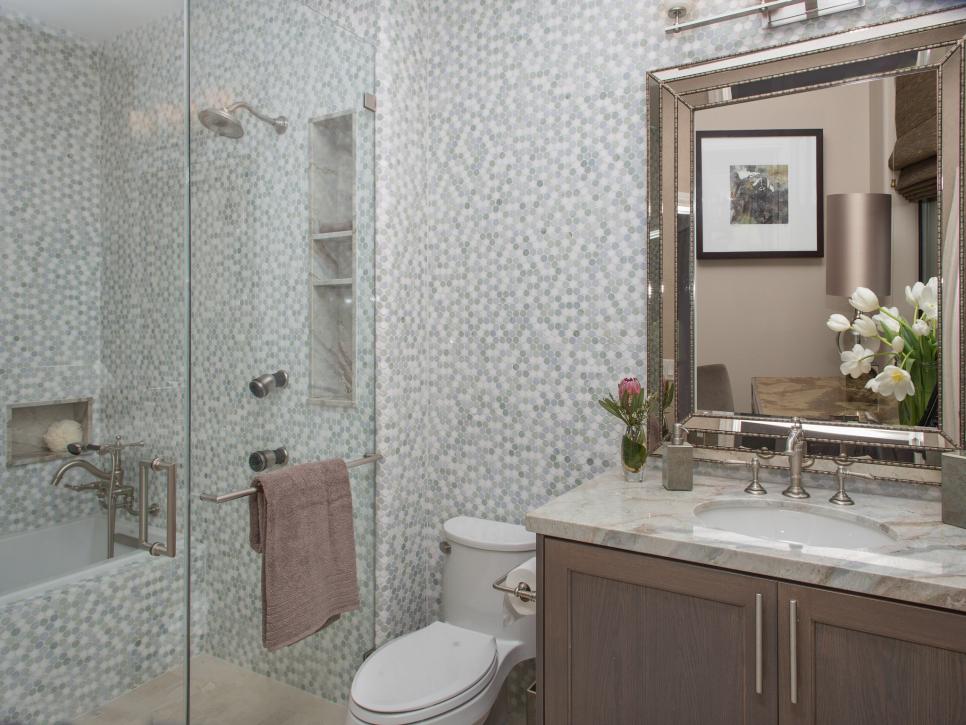
There are many ways you can reduce dust while sanding. Protect your floors and furniture by covering them with plastic sheeting. This will reduce the amount of dust that is generated. To draw air from the rest the house to the area being sanded, you can use a fan. It may sound difficult, but it will make the process go much faster and less messy. Listed below are some tips on how to minimize dust while sanding.
A two-sided barrier made of plastic will reduce dust in closed areas. You will have more space for dust to settle. While you're sanding or sawing, make sure to wear construction-strength safety gear, including a mask and eye gear. If you intend to sand drywall, a coverall can be a good idea.

Plastic sheeting should be placed next to the sanding area. The plastic sheeting should be securely taped to all surfaces, allowing for easy access to the area. Dust will escape through cracks or holes in the seals if they are not perfect. The dust will be contained by this cover. If you use the plastic sheets correctly, you can work in a very small area and not risk spreading the drywall dust throughout your house.
You can use standard HVAC filters to reduce dust if you're working in enclosed spaces. Attach the filter to the intake of the portable box fan. The fan should be set up near the sanding areas, with the filter facing towards the sander. The filter will trap the dust from the sander. It can't spread the dust if it's not sealed.
Another way to minimize dust is to create a dust barrier. While it might seem simple, it is an effective way to reduce dust from drywall. This is an easy way to eliminate dust from your room. It is best to place the plastic sheet when sanding a ceiling.

Make sure to get rid of any debris before you begin sanding. This will allow you to reduce dust. You'll be able to avoid a lot of the potential risks associated with dust. The dust you're breathing in is a major problem. You should not sand furniture or walls.
You can have a dust-free environment by using a good sander. A good sander will eliminate the need for a dust bag. You must avoid dust accumulation while sanding. A vacuum cleaner or paper towels are good options. Moreover, you should remove plastic sheets and newspapers that are left behind. Avoid leaving glue on your floor when sanding.
FAQ
Is it better to hire a general contractor or a subcontractor?
It is more expensive to hire a general contractor than to subcontract. A general contractor often has many workers, which means they can charge their clients more for labor. Subcontractors, on the contrary, hire one employee and charge less per hour.
How Much Does It Cost To Renovate A House?
The cost of renovations depends on what material is used, the size of project and how complicated the job is. Wood, for example, requires additional tools such as saws and drills. Steel, however is not so dependent. The price of renovations will depend on whether you need your contractor to do everything or if the work is done by you.
The average home improvement project cost is between $1,000 and $10,000. The total cost for a home renovation project would be $5,000 to $25,000 if you hire professionals. The total cost of hiring professionals could be anywhere from $5,000 to $25,000. If you choose to complete the task yourself, it could run up to $100,000.
You should know that there are many factors which determine the final cost of renovation. These include the material used (e.g. These factors include whether brick is concrete or brick, how large the project is, how many workers are involved, the duration of the project and so on. These are all important factors to consider when estimating renovation costs.
How often should my furnace filter be changed?
The answer will depend on how often your family is going to use your heating system. If you plan to leave your house for long periods of time during cold weather months, you may consider changing your filter more frequently. If you are not likely to leave your house for long periods of time during cold weather months, you might be able make more frequent changes.
A furnace filter can last about three months. Your furnace filter should be replaced every three months.
You can also consult the manufacturer's recommendations regarding when to change your filters. While some manufacturers recommend replacing your filter once per heating season, others recommend waiting until there is visible dirt buildup.
How can I prevent being scammed when renovating my house
It is important to understand what you are buying to avoid being scammed. Be sure to read the fine print before you sign any contract. Do not sign unsigned contracts. Always request a copy of any signed contracts.
How much does it cost for a house to be renovated?
Renovations usually cost between $5,000 and $50,000. Renovations are typically a major expense for homeowners, with most spending between $10,000 and $20,000
How do I sell my house quickly without paying realtor fees?
If you want to sell your house quickly, then you should start looking for buyers immediately. This means you need to be open to any offer the buyer makes. Waiting too long can lead to losing out on buyers.
How should home renovations take place?
When renovating your home, the first thing to do is decide where everything should go. If you're planning on selling your home soon, it is important to consider how you wish to present your home for potential buyers. Next, you should start thinking about the design of your kitchen, bathroom, living room, etc. After you've decided on the rooms that you wish to renovate, it is time to start searching for contractors who are experts in these areas. Finally, once you have hired a contractor, you should begin working on your renovation project.
Statistics
- Most lenders will lend you up to 75% or 80% of the appraised value of your home, but some will go higher. (kiplinger.com)
- Rather, allot 10% to 15% for a contingency fund to pay for unexpected construction issues. (kiplinger.com)
- Design-builders may ask for a down payment of up to 25% or 33% of the job cost, says the NARI. (kiplinger.com)
- ‘The potential added value of a loft conversion, which could create an extra bedroom and ensuite, could be as much as 20 per cent and 15 per cent for a garage conversion.' (realhomes.com)
- It is advisable, however, to have a contingency of 10–20 per cent to allow for the unexpected expenses that can arise when renovating older homes. (realhomes.com)
External Links
How To
How do I plan for a whole house renovation?
Research and careful planning are essential when planning a house remodel. There are many things you should consider before starting your project. The first thing you need to decide is what kind of home improvement you want to make. You can choose from a variety of categories, such as kitchen or bathroom, bedroom, living space, or living room. After you decide which category you want to work on, figure out how much you can afford to spend on the project. If you have never worked on homes, it is best to budget at most $5,000 per room. You might be able get away with less if you have previous experience.
Once you have figured out how much money you can afford to spend, you'll have to determine how big of a job you want to tackle. For example, if you only have enough money for a small kitchen remodel, you won't be able to add a new flooring surface, install a new countertop, or even paint the walls. If you have the money to do a complete kitchen remodel, you will be able to handle almost anything.
The next step is to find a contractor who specializes in the type of project you want to take on. This will guarantee quality results, and it will save you time later. After finding a good contractor, you should start gathering materials and supplies. Depending on the size of your project, you may need to buy everything from scratch. There are many stores that offer pre-made products so it shouldn't be difficult to find what you need.
Once you've gathered the supplies needed, it's now time to start planning. First, you'll want to draw up a rough sketch of where you want to place furniture and appliances. Next, design the layout of your rooms. Remember to leave enough space for outlets and plumbing. Visitors will be able to easily reach the areas that are most frequently used near the front doors. Finally, you'll finish your design by deciding on colors and finishes. You can save money by using neutral colors and simple designs.
Now that your plan is complete, it's time you start building! Before you begin construction, it's important to check your local codes. Some cities require permits. Other cities allow homeowners without permits. When you're ready to begin construction, you'll first want to remove all existing floors and walls. Next, you'll need to lay plywood sheets in order to protect your new floors. Next, you'll attach the wood pieces to the frame of your cabinets. Finally, attach doors to the frame.
You'll need to finish a few final touches once you're done. Covering exposed pipes and wires is one example. For this, you will use plastic sheeting or tape. It's also a good idea to hang mirrors and photos. Make sure to keep your work area neat and tidy.
This guide will show you how to create a functional, beautiful home. It will also save you a lot of money. Now that you have a basic understanding of how to plan a house remodel, it's time to get started.